Postsecondary Transition Plan (PTP)
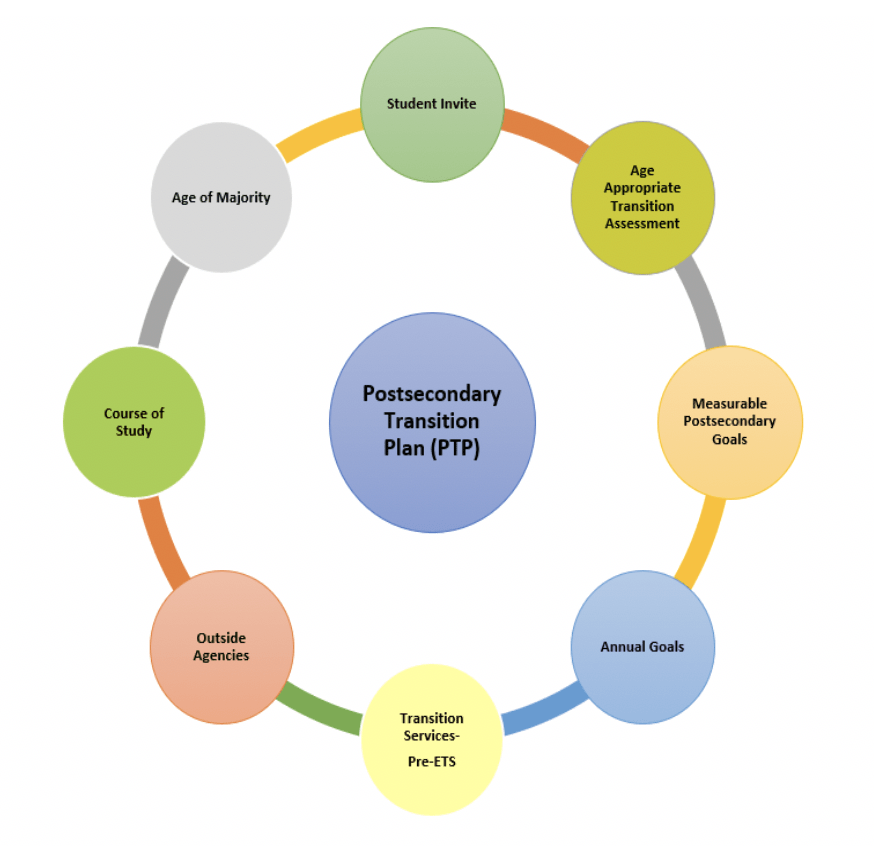
What is the PTP?
The PTP is a part of the IEP which focuses on transition. A PTP is written with the IEP team, which includes the student, when a student is 13 turning 14 during the timeframe of their IEP. There are 8 components to the PTP. They include:
- Student Invite
- Age Appropriate Transition Assessment
- Measurable Postsecondary Goals
- Annual Goals
- Transition Services/Pre-Employment Transition Services (Pre-ETS)
- Outside Agencies
- Course of Study
- Age of Majority
More support for the PTP
DPI and the TIG have also created an online app, WiTransition, which can be found at www.witransition.com. This app mirrors the PTP while providing a student friendly way to incorporate the student and family voice in the transition planning process.
Introduction to the Postsecondary Transition Plan course
The Introduction to the Postsecondary Transition Plan course is an introduction to the postsecondary transition plan to assist in building the capacity to create effective transition plans with students with IEPs. The course includes the procedural requirements of the PTP, an overview of culturally responsive and best practices and resources, and shortcuts to increase efficiency within the PTP. The estimated time for this course is 2-2.5 hours.
Support for academic career planning
The DPI promotes the objective of educational services for all students as preparation for College, Career and Community readiness. Academic Career Planning (ACP) is a requirement of educational services for all students in grades 6-12. The PTP and ACP complement the transition process when used together to write measurable goals with the student.



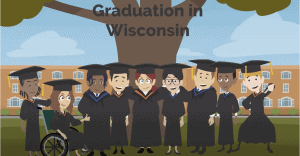

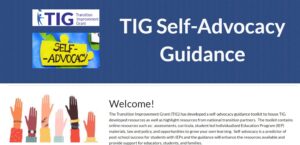 TIG Self-Advocacy Guidance Google Site
TIG Self-Advocacy Guidance Google Site 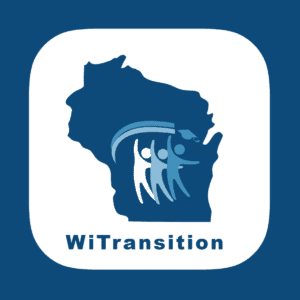
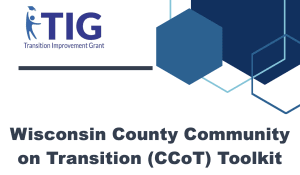 Wisconsin County Community on Transition (CCoT) Toolkit
Wisconsin County Community on Transition (CCoT) Toolkit